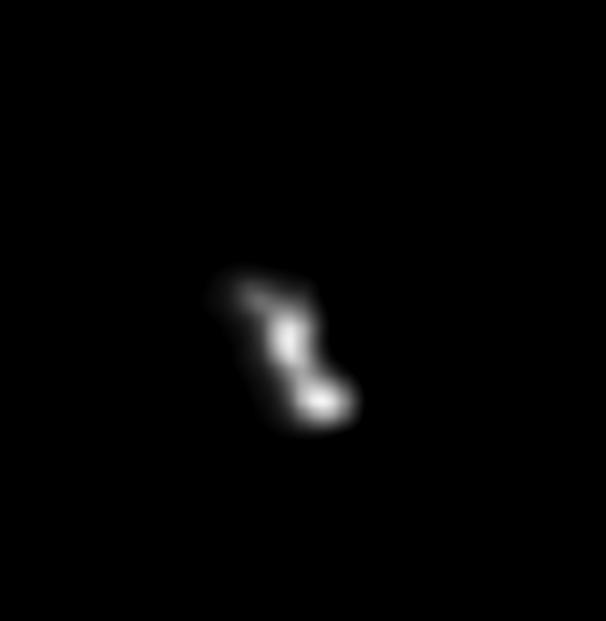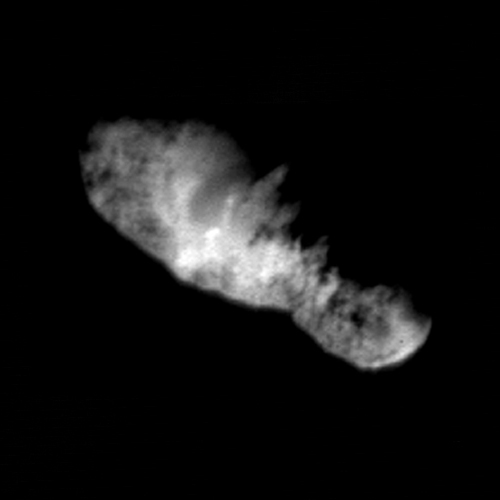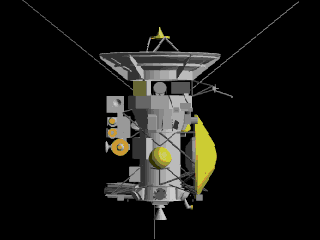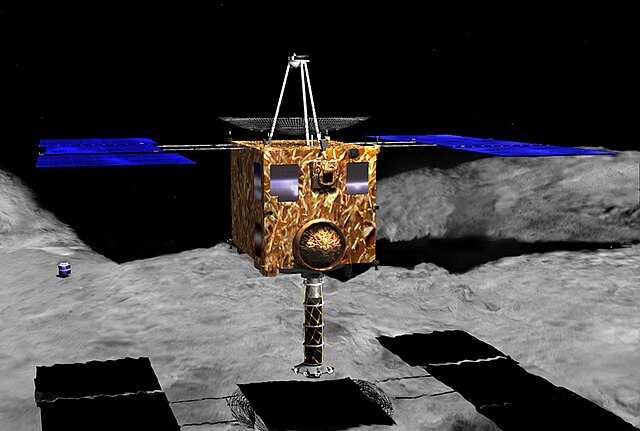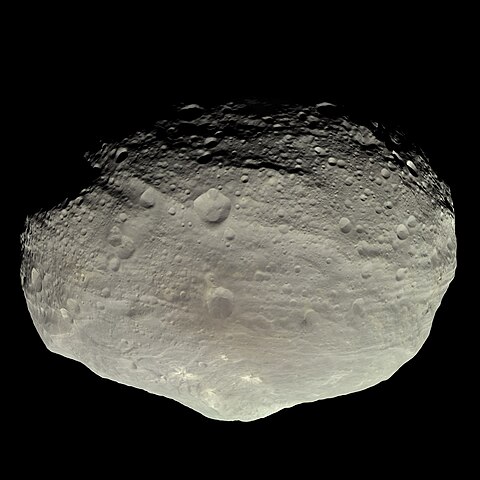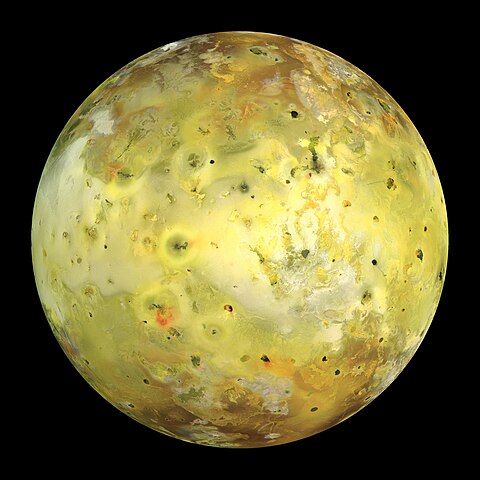1 day / second
0.5 AU
Deep Space 1
Spacecraft
A pioneering technology demonstration spacecraft that tested ion propulsion and autonomous navigation while conducting flybys of asteroid Braille and comet Borrelly during its 1998-2001 mission.
Key Facts
organization | NASA |
orbital regime | Inner System |
learn more | Wikipedia |
launched | 1998-10-24 |
defunct | 2001-12-18 |
launch mass | 486 kg |
power | 2,500 watts |
Mission Timeline
Launched
October 24, 1998 at 12:08 UTC
9969 Braille
Flyby
Deep Space 1 conducted a close flyby of asteroid Braille at a distance of 26 kilometers on July 29, 1999, though technical issues with its camera system prevented it from capturing detailed images until 15 minutes after closest approach.
Borrelly's Comet (19P/Borrelly)
Flyby
Deep Space 1 captured the best images ever taken of a comet nucleus during its September 22, 2001 flyby of Borrelly, passing within 2,200 kilometers of the comet while revealing its dark, irregular surface features.
Defunct
December 18, 2001 at 20:00 UTC
After successfully completing its extended mission to study Comet Borrelly, Deep Space 1 transmitted its final data and was deactivated on December 18, 2001, leaving it to drift in a heliocentric orbit.

